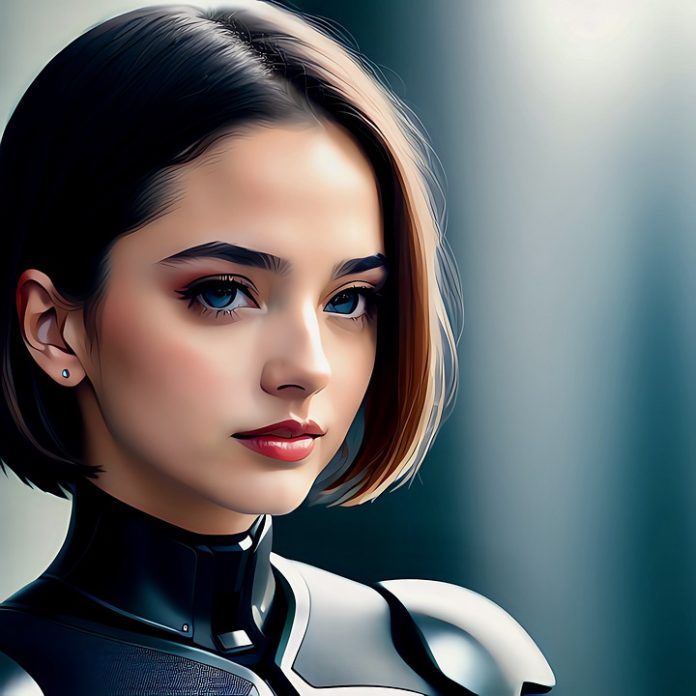As our world becomes increasingly reliant on technology, artificial intelligence (AI) is revolutionizing the way we think, work, and interact. One of the most exciting developments in AI is the creation of programs that can generate images from textual descriptions. Two of the most impressive tools in this field are OpenAI’s DALL-E and Stable Diffusion. However, there is a new player in town – Midjourney, an independent research lab that has produced an AI program under the same name that can create images from textual descriptions. In this blog post, we will examine the unique features and benefits of Midjourney’s technology and explain why it is the solution that AI enthusiasts have been waiting for.
First, let us briefly discuss the features of DALL-E and Stable Diffusion. DALL-E is an AI system that can generate images from textual descriptions like “a cat wearing a hat sitting on a couch,” while Stable Diffusion is a generative model that can create high-quality images from noisy data. Both of these programs are incredible feats of AI engineering, and they have been used in a variety of creative applications, from generating artwork to designing furniture. However, they have their limitations. For example, DALL-E is currently only able to generate 512×512-pixel images, and Stable Diffusion requires a lot of computational power to be run effectively.
This is where Midjourney’s technology comes in. Like DALL-E and Stable Diffusion, Midjourney can create high-quality images from textual descriptions, but it also has some unique features that set it apart. First and foremost, Midjourney is much faster than its competitors. According to the company, it can generate high-quality images in as little as 10 milliseconds, making it ideal for real-time applications like video games and virtual reality. Additionally, Midjourney is able to generate images in a wider range of resolutions, from small thumbnails to high-resolution prints. This makes it ideal for use in a variety of contexts, from online marketing to medical imaging.
Another benefit of Midjourney’s technology is its flexibility. Whereas DALL-E and Stable Diffusion require a large dataset of pre-existing images to function, Midjourney’s algorithms are able to learn on the fly from a much smaller set of data. This means that it can be trained to generate images in a wider variety of styles and contexts, making it easier to customize its output to specific use cases. Additionally, Midjourney’s algorithms are designed to work well across different domains, meaning that they can be applied to a wide range of problems, from generating 3D models to creating photorealistic images of landscapes.
Of course, no technology is perfect. One of the potential objections to Midjourney’s technology is its cost. As a relatively new player in the field, Midjourney’s services are currently only available to a limited number of customers, and they can be quite expensive. However, as the technology matures and more customers adopt it, this cost is likely to come down, making it more accessible to a wider range of users.
In conclusion, Midjourney’s technology is a powerful tool for creating images from textual descriptions. Its unique combination of speed, flexibility, and generality makes it an ideal solution for a variety of applications, from video games to medicine. While it may not be the cheapest option on the market, its innovative approach to AI is sure to attract a wide range of customers looking to stay on the cutting edge of technology. For anyone looking for a solution that can generate high-quality images quickly and efficiently, Midjourney is a technology that is definitely worth considering.

